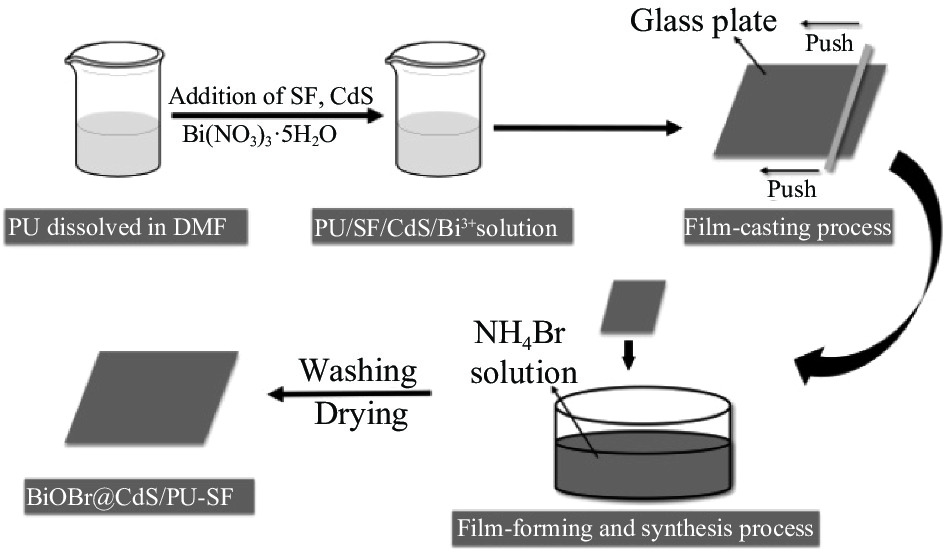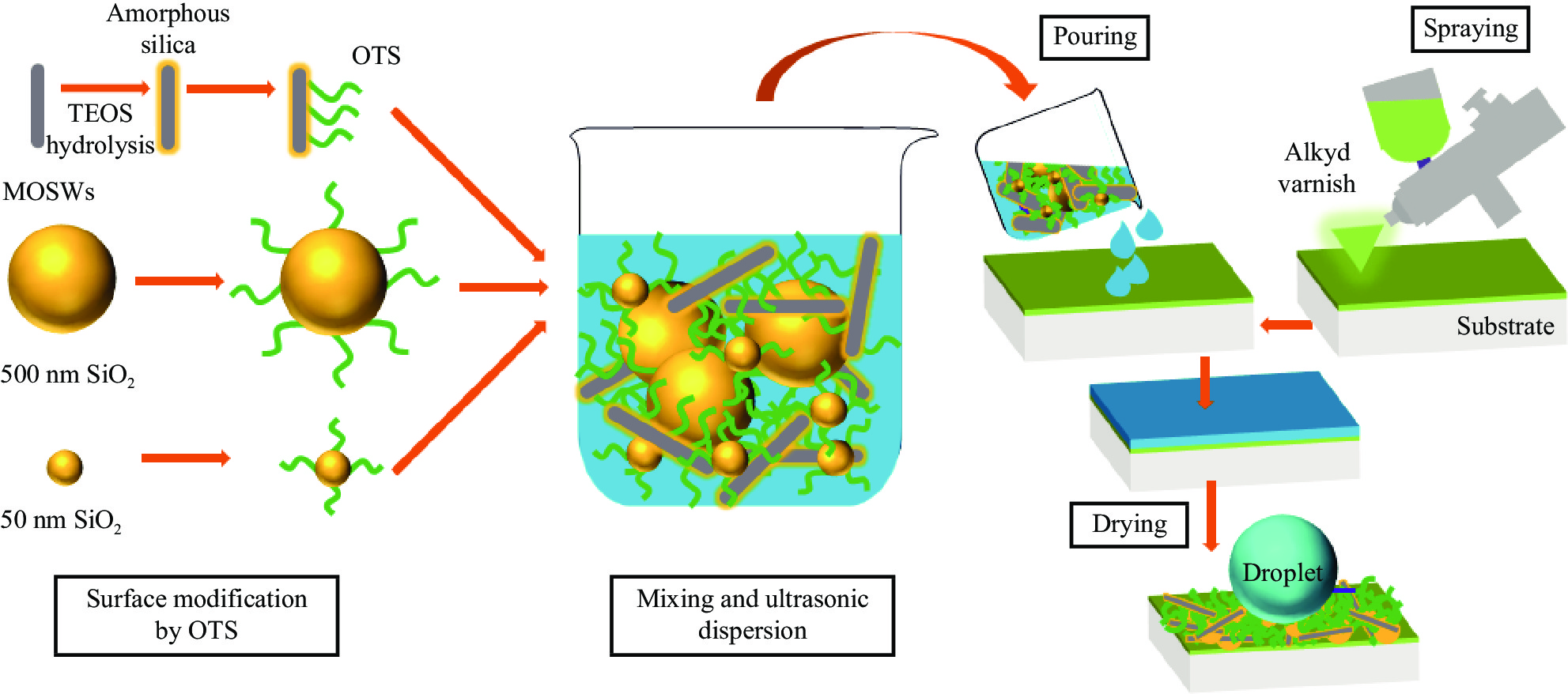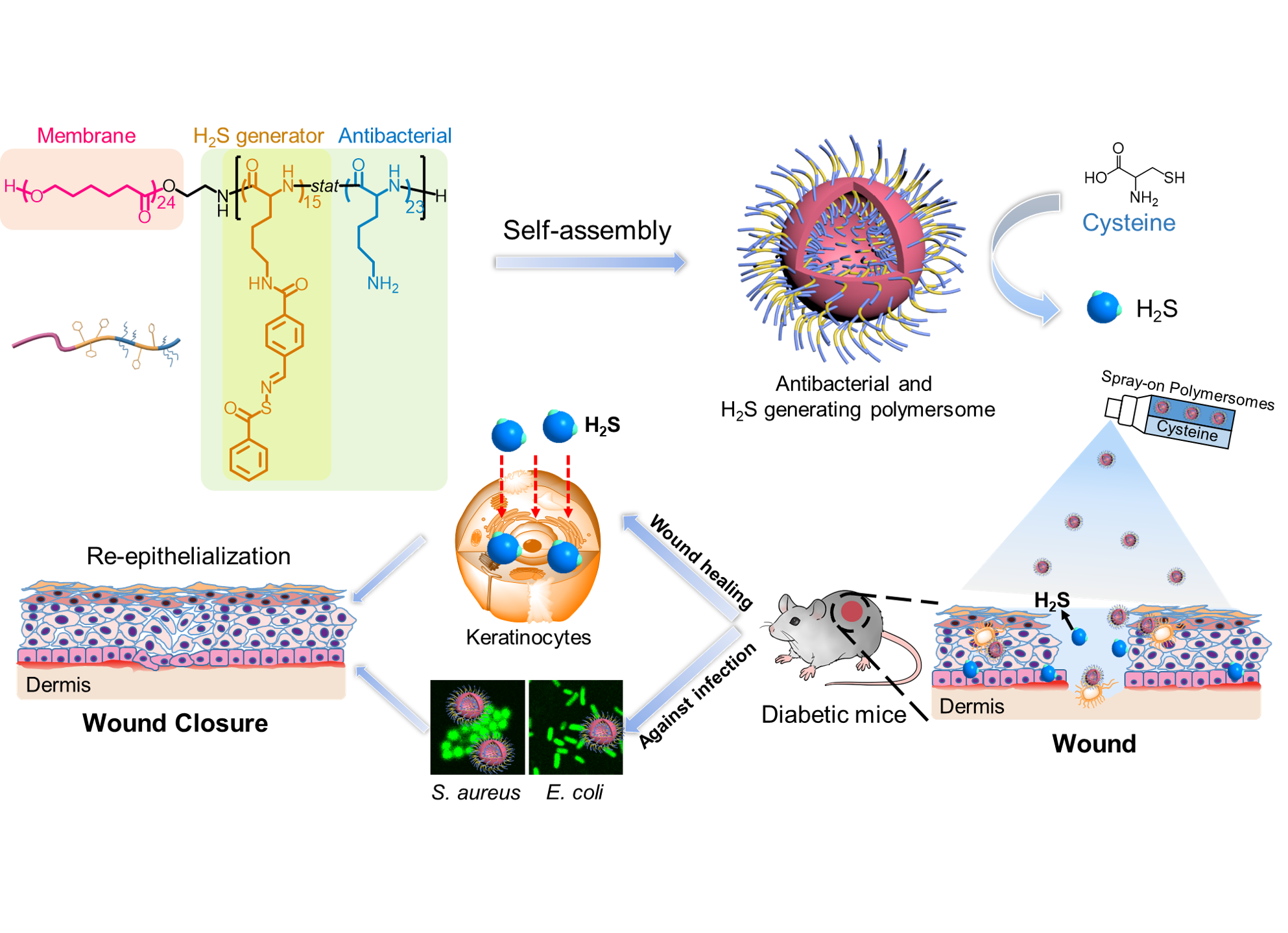Title: Hydrolysis of Silk: A Sustainable and Efficient Process for Extracting Silk Protein
Hydrolysis of Silk is a sustainable and efficient process for extracting silk protein from silkworm cocoons. This process utilizes enzymes to break down the silk protein, allowing for easier and faster extraction. The enzymes are derived from natural sources, such as bacteria or fungi, and are environmentally friendly. Hydrolysis of Silk not only improves the efficiency of silk protein extraction but also enhances the quality of the extracted protein. This method has been widely used in the textile industry and has shown great potential in other fields as well. It is expected to play a significant role in the sustainable development of the textile industry.
Silk, one of the most versatile and luxurious natural fibers, has a wide range of applications in fashion, healthcare, and industrial sectors. However, the current silk production process is not sustainable and has numerous challenges, including environmental degradation and animal cruelty. Therefore, there is a need for an efficient and sustainable process to extract silk protein from silk fibers. Hydrolysis of silk could be a potential solution to this problem.
Hydrolysis is a chemical process that involves the breakdown of a compound into simpler substances using water or acids. When applied to silk, hydrolysis can effectively decompose the silk fibers, releasing the silk protein in a soluble form. This process has numerous advantages compared to traditional silk production methods.
Firstly, hydrolysis of silk allows for a complete and efficient extraction of silk protein from silk fibers. Traditional silk production methods often leave behind significant amounts of silk protein in the waste fibers, which are then discarded as waste. However, hydrolysis allows for the complete decomposition of the silk fibers, ensuring that all of the silk protein is extracted and can be used for further applications.

Secondly, hydrolysis of silk is a sustainable process. Traditional silk production methods often involve harsh chemicals and high temperatures, which are not only energy-intensive but also contribute to environmental degradation. However, hydrolysis uses water or acids as the reaction medium, which are both sustainable and environmentally friendly. Additionally, hydrolysis can be easily controlled and optimized to reduce energy consumption and waste generation.
Thirdly, hydrolysis of silk allows for a higher quality of silk protein to be extracted. Traditional silk production methods often result in a mixed population of silk proteins, which are difficult to separate and purify. However, hydrolysis allows for a more controlled and specific breakdown of the silk fibers, resulting in a higher purity and quality of silk protein being extracted. This high-quality silk protein can then be used for more demanding applications, such as in healthcare or biotech industries.

However, it is important to note that hydrolysis of silk is not without its challenges. One major challenge is the cost of equipment and reagents needed for the process. Additionally, there are also challenges related to the optimization of hydrolysis conditions, such as temperature, pH, and reaction time, to ensure efficient protein extraction while minimizing side reactions or degradation of the protein. Furthermore, the large-scale production of hydrolyzed silk protein requires significant investment in infrastructure and operations.
In conclusion, hydrolysis of silk offers significant advantages compared to traditional silk production methods, including complete protein extraction, sustainability, and high-quality protein extraction. However, there are also challenges related to cost and optimization of hydrolysis conditions that need to be addressed. Despite these challenges, hydrolysis of silk remains a promising approach for sustainable and efficient extraction of silk protein from silk fibers.

Articles related to the knowledge points of this article:
Title: Mastering the Art of Tie-Dying Scarves: A Comprehensive Guide to Tying Silk Scarves
Women’s Down Jackets: A Fashion Staple for Cold Weather
Title: The Art of Tying a Scarf: A Comprehensive Guide to Various Scarf Ties
Creating a Timeless Look with a Black Formal Dress Paired with a Silk Scarf
Title: Exploring the Multifaceted World of Silk Scarves: A Comprehensive Guide



